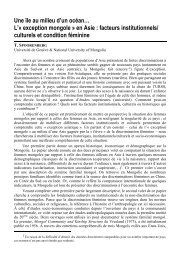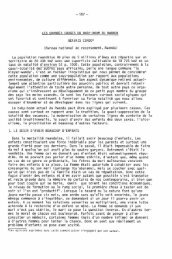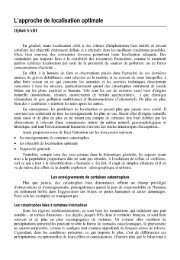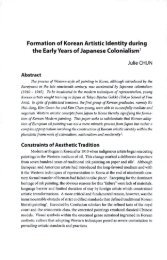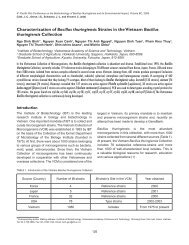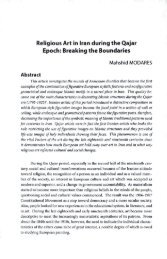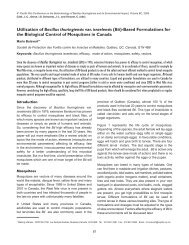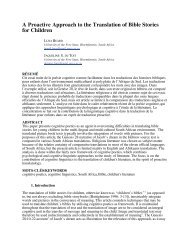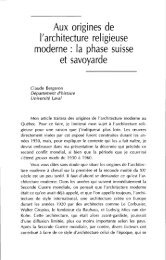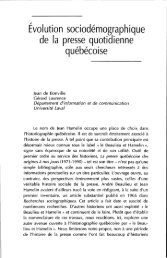PBL as a New Pedagogical Approach for Translator Education
PBL as a New Pedagogical Approach for Translator Education
PBL as a New Pedagogical Approach for Translator Education
Create successful ePaper yourself
Turn your PDF publications into a flip-book with our unique Google optimized e-Paper software.
Tamblyn (1980), Forgarty (1997), and Woods (1994) point out. This can be considered <strong>as</strong> the<br />
central feature of this approach, and the “problem” needs to be one that is “relatively challenging”<br />
(Forgarty 1997 and Boud 1987) at the learners’ current level. In most of the c<strong>as</strong>es described in<br />
previous studies, there tends to be one major problem which is underpinned by a number of<br />
sub-problems. The second characteristic of the Problem-B<strong>as</strong>ed Learning approach is the<br />
authenticity of the problem at hand, <strong>as</strong> the aim of this approach is, of course, to provide learners<br />
with the opportunity to solve a problem in a real-life context. Incre<strong>as</strong>ed learner autonomy is the<br />
third feature of the approach. As Schwartz, Mennin and Webb (2001) noted, learners are likely to<br />
take active steps that are required <strong>for</strong> solving the problem. This results in, <strong>as</strong> the l<strong>as</strong>t characteristic,<br />
a teacher who no longer acts <strong>as</strong> an instructor who provides an answer, but <strong>as</strong> a facilitator whose role<br />
is to provide appropriate scaffolding <strong>for</strong> the learners, <strong>as</strong> Boud (1987) points out.<br />
Having clarified the major characteristics of <strong>PBL</strong>, it is then necessary to understand the<br />
sequence of learning in this approach. While there are some minor variations the elements of this<br />
sequence <strong>as</strong> it is described in the research literature, including Kolb (1984), Lewin (1951) and<br />
Barrows & Tanblyn (1980), the sequence presented in the Diagram 1 appears to be common<br />
among them. As indicated in the diagram, the focus lies on the analysis of the problem which then<br />
requires learners to explicate their existing knowledge which is relevant to solving the problem and<br />
knowledge with which they have not been equipped. These actions are then followed by the<br />
learners’ implementation of search <strong>for</strong> unknown knowledge through both individual and group<br />
study towards the acquisition of non-existing knowledge and the integration of their existing and<br />
newly acquired knowledge towards a solution. It should also be noted that one cycle of this<br />
sequence does not necessarily mean the end of the entire action but it is possible that this cycle of<br />
action is repeated in the same way with some improvements, if learners find the refinement and<br />
elaboration necessary.



